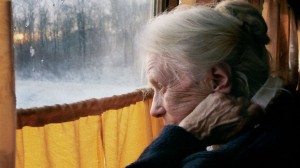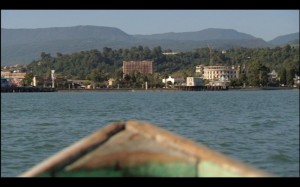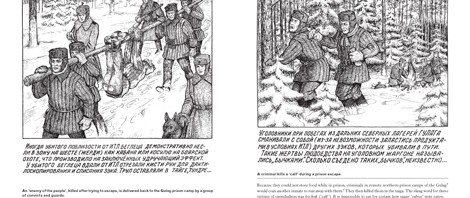 This blog is about an excellent 2010 documentary by Vadim Jendreyko entitled “The Woman with the Five Elephants.” (For a trailer see: http://www.traileraddict.com/trailer/woman-with-5-elephants/trailer)
This blog is about an excellent 2010 documentary by Vadim Jendreyko entitled “The Woman with the Five Elephants.” (For a trailer see: http://www.traileraddict.com/trailer/woman-with-5-elephants/trailer)
The five elephants referred to in the title are classic novels of Fyodor Dostoevsky. Svetlana Geier, the central subject of the film, coined the phrase when she translated them from Russian into German.
The documentary dispenses Geier’s wisdom and wit, following her into the kitchen as she chops onions, cooks meat patties, and contemplates the meaning of life. She connects the feel of fresh linens with a passage from Moby Dick. Examining the intricate stitching of her white table cloth, she remarks that the details mean nothing outside of the context of the whole cloth. The remark concisely conveys her approach to translation: to see the work as a whole – and to eschew literal word-for-word translations that invariably distort the meaning of the text in its original language. Her translation of Dostoevsky’s classic work, Crime and Punishment, gave to German audiences the name by which it is known to English-speakers. It had previously been known in German, thanks to a far too literal translation, as “Guilt and Atonement.”




